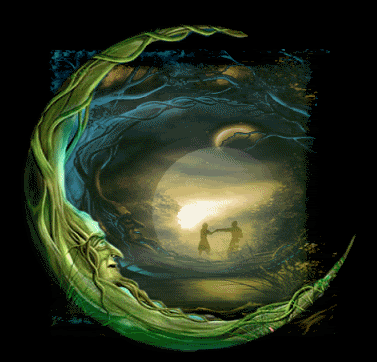INTRODUCTION:
I'm convinced they do. And it doesn't sound ridiculous or far fetched at all.
The Sun is the only provider of life sustaining energy to earth; it is 1 million times bigger than the earth, so it is possible that sunspot activity affects our thinking and behaviour in radical ways.
This post consists of passages from various sources that are pointers to the above mentioned. That sunspot activity affects us immensely. Personally, socially.
But firstly, some questions...What is a sunspot? What is a sunspot cycle?
A sunspot is a dark spot on the Sun. These dark spots appear dark relative to the surroundings because these are regions where the temperatures are lower.
Sunspots are a result of peculiar magnetic activity on the Sun.
A sunspot cycle is the graph of the number of dark spots on the Sun, over time. Because the number of sunspots changes with time, as the Sun's magnetism alters itself.
The following graph shows sunspot activity from 1998 to 2015. Do the time spans in the following graph that have maximum sunspot activity (Solar Maxima), sound like phases of your life when turmoil was the highest? If yes, then read on!
Quote: World Mysteries:
An increase in solar activity is found to increase psychotic episodes in individuals who already suffer from unstable psychological states. In 1963, Dr. Robert Becker and his colleague, Dr. Freedman, demonstrated that solar changes also lead to a noticeable increase in psychotic activity.
Yet these reactions are not simply isolated to a few particularly sensitive or unlucky individuals. Evidence indicates that wars and international conflicts most often break out when sunspots are rapidly forming or rapidly decaying, as these are times when there are more intense geomagnetic storms.
In addition, this increase in solar activity also correlates to periods of more accidents and illness, as well as an increase of crimes and murders. The entire biosphere is affected by this electromagnetic pollution, and human behavior seems to react accordingly.
Quote: MATH.NUS.EDU
Russian professor A.Tchijevsky studied social movements in 72 countries, particularly wars, rebellions. With this data, he constructed the "Index of Mass Human Excitability" covering the years from 500B.C. to 1922 A.D., and divided the solar cycle into four parts.
1. Minimum sunspot activity
2. Increasing sunspot activity
3. Maximum sunspot activity
4. Decreasing sunspot activity
Tchijevsky found that 80% of the most significant historical events occured at maximum sunspot activity.
Some examples - the American Civil War 1858-1861, World War I 1916-1918, and 1967-1969 the Vietnam War, the years in which sunspot activity was at its maximum.
In times of minimal sunspot activity, Tchijevsky concluded, people seemed not to mind being repressed or suppressed, and willing to let things remain as they are.
Quote: Chasblogspot and Borderlandsciences.Org.
Tchijevsky found that 80% of the most significant events occurred during the 5 years of maximum sunspot activity.
(Tchijevsky's merely noting that the 1917 Russian Revolution occurred during the height of the sunspot cycle earned him almost 30 years in Soviet prisons because his theory challenged Marxist dialectics.)
Tchijevsky divided the eleven year sunspot cycle into four social periods:
Period 1: (approximately 3 years, minimum sunspot activity). Peace, lack of unity among the masses, election of conservatives, autocratic, minority rule.
Period 2: (approx. 2 years, increasing sunspot activity). Increasing mass excitability, new leaders rise, new ideas and challenges to the elite.
Period 3: (Approximately 3 years, maximum sunspot activity). Maximum excitability, election of liberals or radicals, mass demonstrations, riots, revolutions, wars and resolution of most pressing demands.
Period 4: (Approximately 3 years, decreasing sunspot activity). Decrease in excitability, masses become apathetic, seek peace.
Tchijevsky did not believe solar disturbances caused discontent as much as they acted as detonators that set off the smoldering discontent of the masses--discontent often channeled into war by their rulers.
Via Daily Plot EISN, SILSO "Sunspot Index and Long-term Solar Observations"
Links:
1. CarolMoore.
2. BorderLandSciences
3. SIDC.OMA.BEM
4. SOLARHAM
5. Sunspotwatch
6. Foundation for the Study of Cycles
7. Real Time Solar Wind
8. SolarHam bulletins
9. SolarHam Data
10. Daily Plot EISN
11. Daily Plot EISN-2
12. IPS.GOV Forecast




0 comments:
Post a Comment